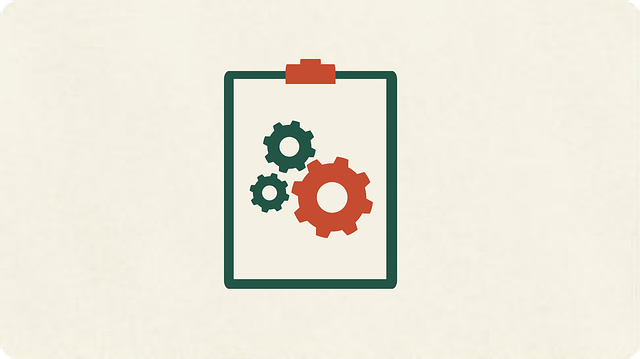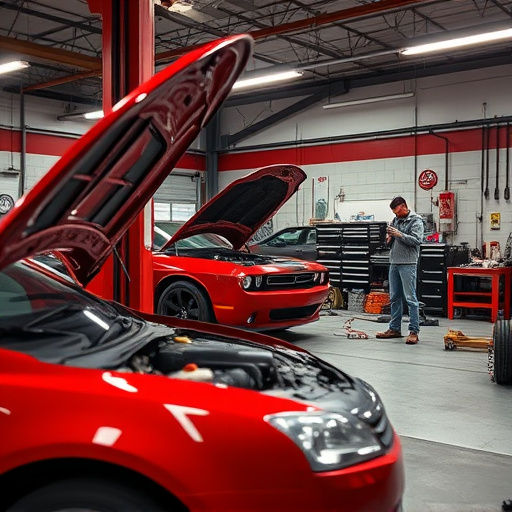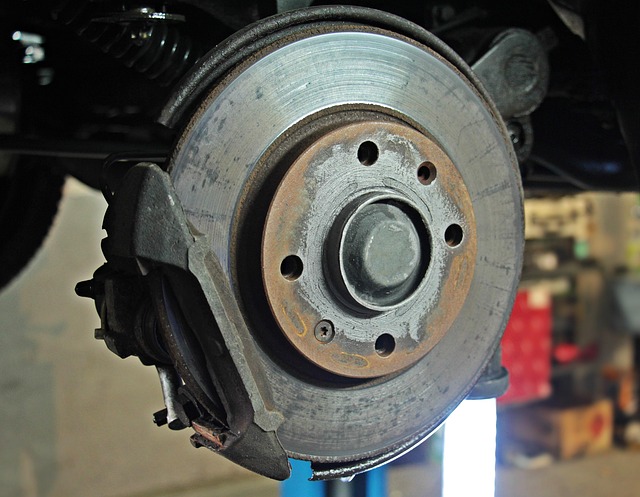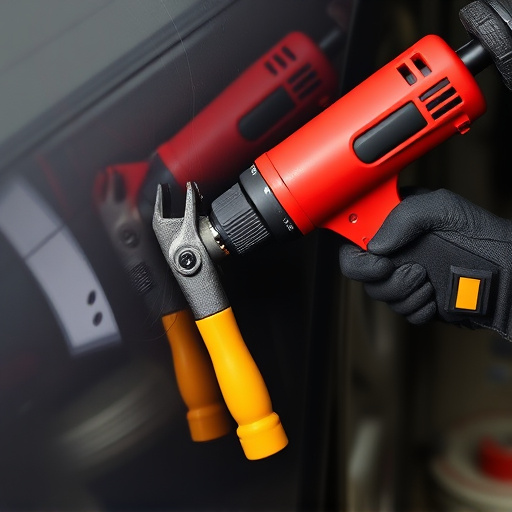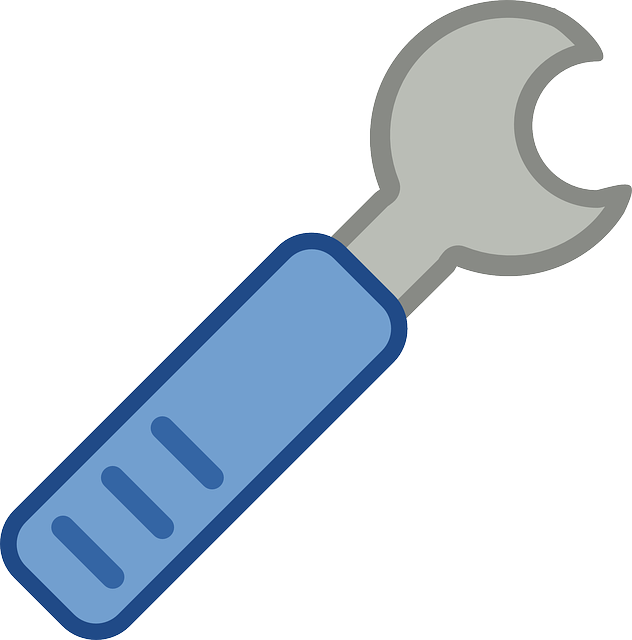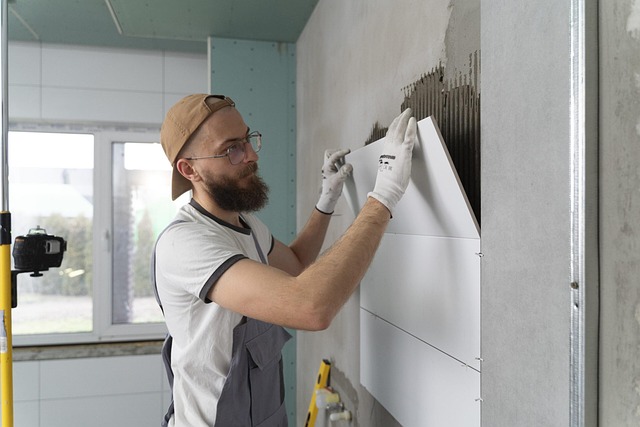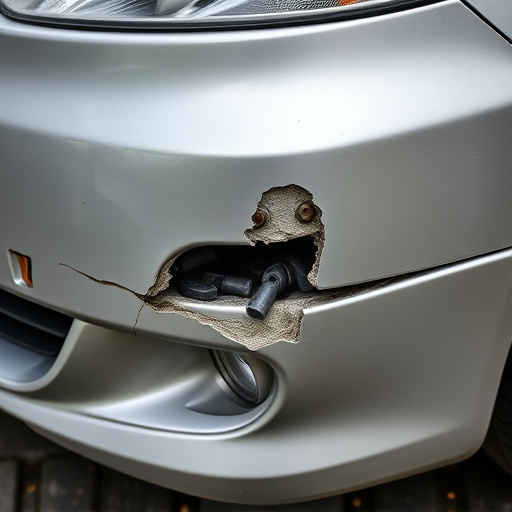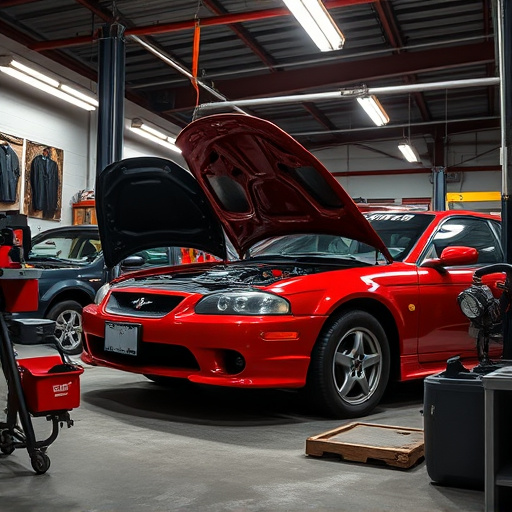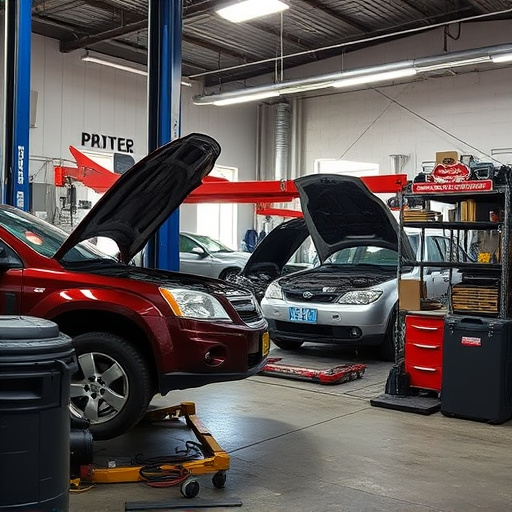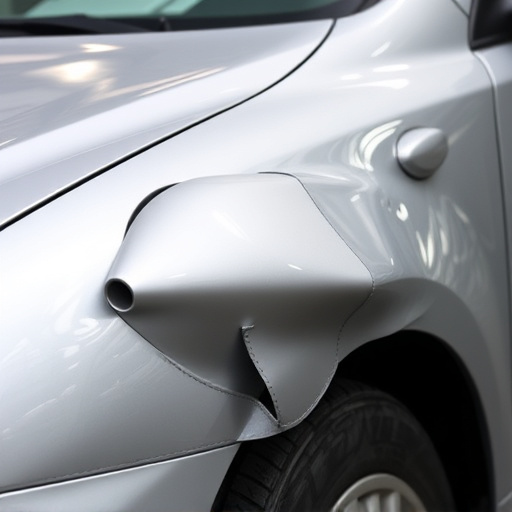Collision repair audits are comprehensive evaluations that help shop managers improve processes, enhance customer satisfaction, and stay competitive in the market. By regularly assessing vehicle assessment, estimation accuracy, work quality, and safety protocol adherence, managers gain insights into industry trends, identify areas for improvement, and make data-driven decisions to optimize operations. These audits cover all stages of the repair process, from facilities and equipment to work processes, records, employee training, and customer satisfaction, ensuring repairs meet industry standards and regulations.
In the dynamic realm of automotive service, collision repair audits stand as powerful tools for shop management. These comprehensive assessments delve into every aspect of a repair facility’s operations, from work quality to customer experiences. By understanding the definition and key components of these audits, managers can uncover valuable insights. Common findings often highlight recurring issues, impacting critical areas like customer satisfaction, revenue, and costs. This article explores strategic actions for continuous improvement, empowering shop management to transform audit findings into game-changing enhancements.
- Understanding Collision Repair Audits: A Shop Manager's Perspective
- – Definition and purpose of collision repair audits
- – Key components of an audit process
Understanding Collision Repair Audits: A Shop Manager's Perspective

Collision repair audits are a critical tool for shop managers to gain insights into their operations and ensure they meet industry standards. From the manager’s perspective, these audits offer a comprehensive evaluation of various aspects within the collision repair process, including vehicle assessment, estimation accuracy, work quality, and adherence to safety protocols. By conducting regular audits, managers can identify areas that require improvement in auto maintenance and car bodywork services.
Through these audits, shop managers gain valuable knowledge about the latest industry trends and best practices in vehicle body repair. They provide an objective analysis of each step from initial assessment to final delivery, allowing for data-driven decisions. This knowledge empowers managers to optimize their processes, enhance customer satisfaction, and ultimately improve overall operational efficiency, ensuring their business remains competitive in the market.
– Definition and purpose of collision repair audits

Collision repair audits are comprehensive assessments designed to evaluate the quality, efficiency, and safety standards within automotive body shops. These audits systematically examine every aspect of collision repair processes, from initial assessment and estimating to actual repair work and final vehicle handover. The primary purpose is to identify areas for improvement, ensuring that repairs meet or exceed industry best practices and regulatory requirements. By conducting these audits, automotive body shops can gain valuable insights into their operations, enhancing customer satisfaction and maintaining high-quality standards in Mercedes Benz repair, for example.
Through collision repair audit findings, shop management gains a clear picture of potential inefficiencies, misaligned procedures, or even safety hazards that may exist within the workshop. This knowledge allows them to make data-driven decisions to optimize their operations. For instance, findings might reveal inefficiencies in inventory management leading to delays in vehicle repair, prompting managers to implement more effective systems. Similarly, audit reports could highlight training gaps, encouraging management to invest in enhanced employee training programs, thereby raising the bar for vehicle repair quality across the board.
– Key components of an audit process

The success of a collision repair audit lies in its meticulousness and comprehensive approach. It begins with defining clear objectives, ensuring every aspect of the automotive body shop’s operations is scrutinized. This includes assessing the condition of facilities, equipment, and tools; reviewing work processes to identify any deviations from industry standards; examining records for accuracy and completeness; and evaluating employee training and qualifications. By focusing on these key components, a collision repair audit provides a detailed snapshot of an automotive body shop’s capabilities and areas for improvement.
Furthermore, effective audits should include a comprehensive review of the shop’s handling of car scratch repairs and overall collision repair services. This involves assessing customer satisfaction levels, tracking repair timelines, and verifying the quality of finished work. By integrating these secondary keywords naturally into the audit process, shops gain insights into enhancing their service offerings, ensuring customer retention, and ultimately, maintaining a competitive edge in the market.
Collision repair audits offer invaluable insights for shop managers, enabling them to enhance operational efficiency and customer satisfaction. By meticulously reviewing repair processes and outcomes, audits identify areas for improvement, ensuring compliance with industry standards and best practices. This data-driven approach empowers managers to make informed decisions, streamline workflows, and ultimately deliver higher-quality services, solidifying their shop’s reputation in the competitive automotive industry.

